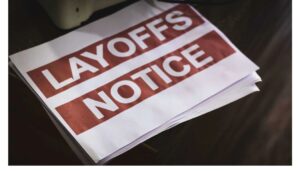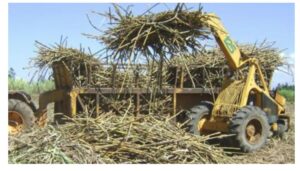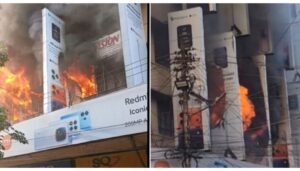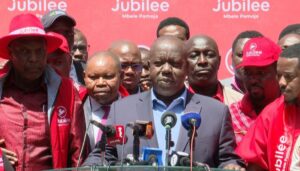List of African countries affected by Trump Tariffs
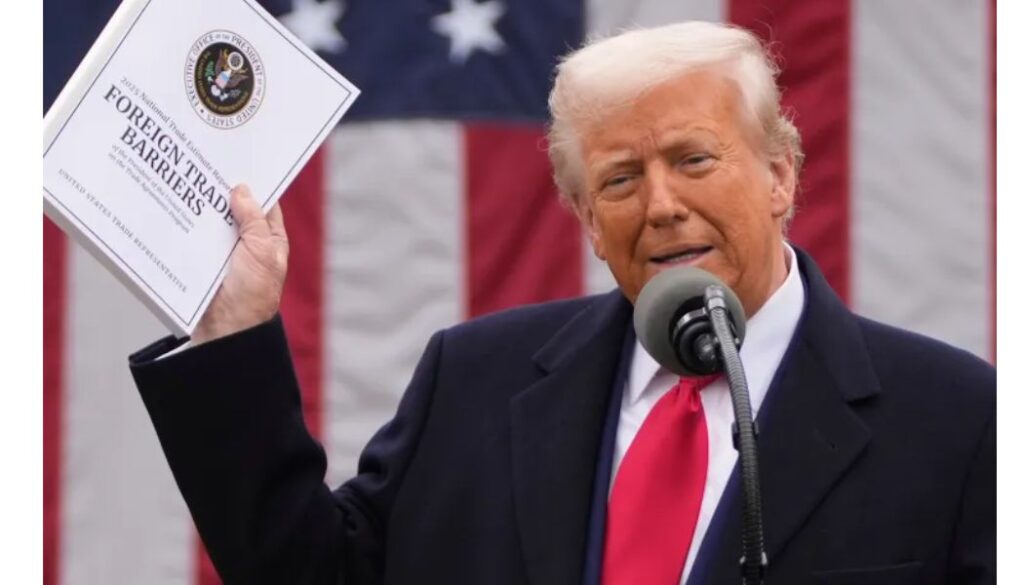
List of African countries affected by Trump Tariffs
A new wave of US tariffs is poised to reshape trade relations with Africa.
President Donald Trump has implemented a tiered system of import taxes, in a move seen as a way to correct trade deficits.
Since they were announced, the tariffs raised concern across the African continent. The tariffs, which took effect on August 7, following months of uncertainty.
They are a significant departure from previous US trade policy, African Growth and Opportunity Act (AGOA), which offered duty-free access to the US market for many African goods, is set to expire.
The new tariffs largely override AGOA provisions.
For some African nations, the tariffs are a painful reality. The most significant tariffs are targeted at countries with large trade surpluses with the United States, including South Africa, Algeria, and Libya, which are among those hit hardest.
South Africa faces a 30% tariff on most of its exports to the US. The country is a major trading partner for the US. Officials in South Africa say that up to 30,000 jobs are at risk.
Algeria and Libya are also facing a 30% tariff. Their exports to the US are heavily dominated by oil.
Tunisia is another country with a high tariff of a 25% on its goods to the US. This is a particularly hard hit for Tunisia’s craft and textile industries. The US is a major buyer of these handmade goods.
ODM mourns death of Governor’s Simba Arati’s sister death
DIG Lagat demands urgent mental health support for police
Nairobi Hospital responds as 8 major insurance companies suspend services
Gachagua must record statement over Al-Shabaab remarks; CS Murkomen
Ugandan court denies bail to opposition leader Kizza Besigye in treason case
Other African countries are facing a 15% tariff including Angola, Botswana, Côte d’Ivoire, the Democratic Republic of Congo, Ghana, Lesotho, Madagascar, Malawi, Mauritius, Mozambique, Namibia, Nigeria, Uganda, Zambia and Zimbabwe.
For many of these nations, this 15% rate is lower than initially proposed.
Lesotho, for example, had been threatened with a staggering 50% tariff.
Its textile industry, a major employer, was in crisis and the reduced rate to 15% offers some relief, but the cost will still be significant.
Madagascar, which had faced a 47% proposed tariff, will now also be subject to the 15% rate. This is similar for Botswana, which had a proposed 37% tariff, and Angola, which was looking at 32%.
Critics still see rates, despite being lower, as a new and significant barrier to trade.
Nigeria’s tariff was raised slightly from an initial 14% to 15%, primarily affecting non-oil exports, like cocoa.
Oil, which makes up most of its US shipments, has been exempted in some cases.
The remaining African countries will be subject to a 10% baseline tariff.
This rate applies to countries with smaller trade surpluses or deficits with the US. While lower, it is still a new cost for exporters.
These countries include Benin, Burkina Faso, Burundi, Cape Verde, the Central African Republic, Comoros, Congo-Brazzaville, Djibouti, Egypt, Eritrea, Eswatini, Ethiopia, Gambia, Guinea, Guinea-Bissau, Kenya, and Liberia.
Economists and trade analysts believe the tariffs could push African nations toward stronger regional trade. It could also lead them to seek new markets. The US, once a key trade partner for Africa, has made its market more difficult to access.
Why Kenyans should be concerned about IEBC – Edwin Sifuna
Edwin Sifuna responds to Atwoli’s 2027 ‘Password’ remarks
Government responds to claims of civil servants losing healthcare access
Sifuna criticises broad-based govt, expresses support for Kalonzo
Haiti gang leader Barbecue threatens to attack Prime Minister’s office
Follow us


